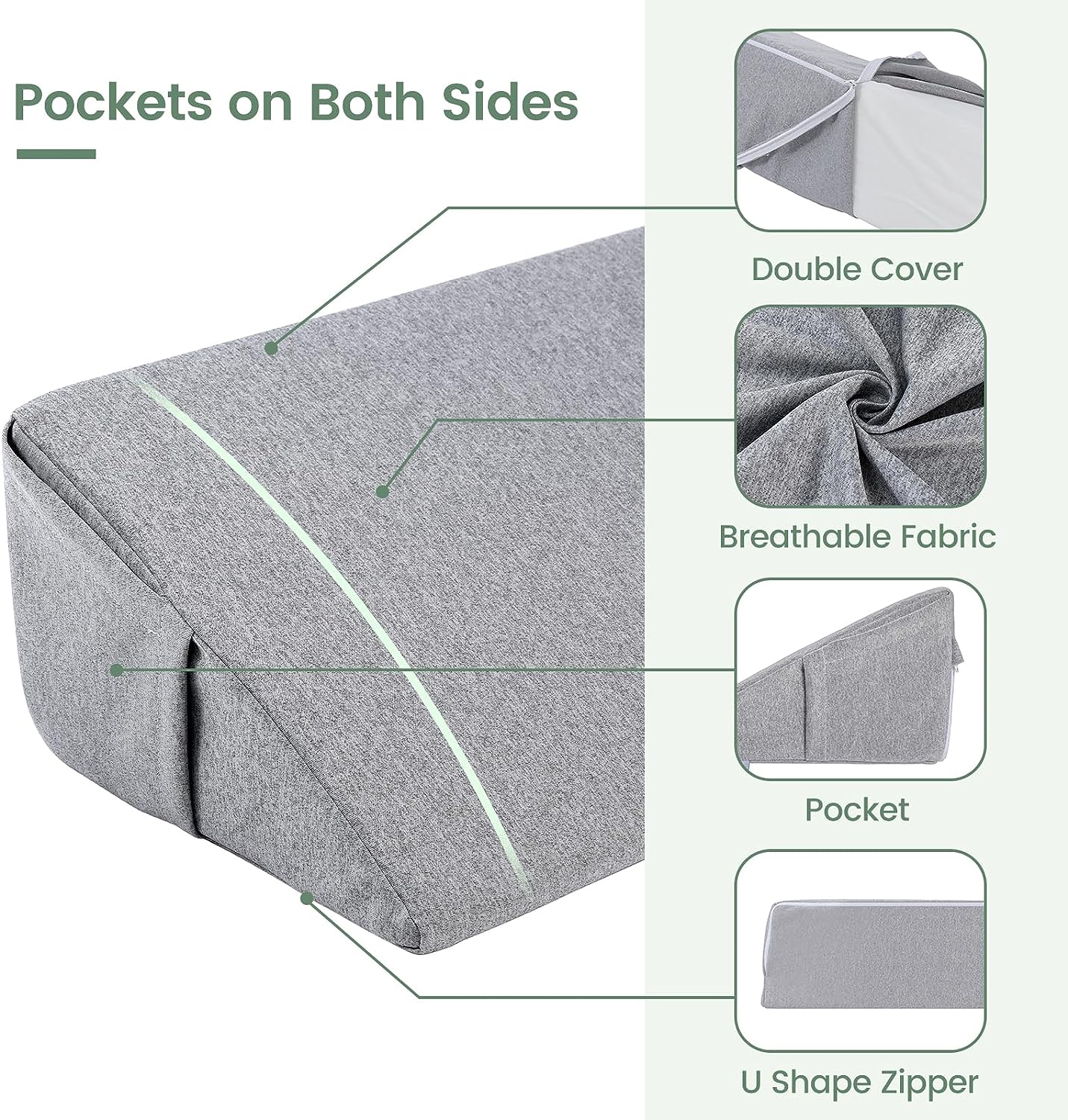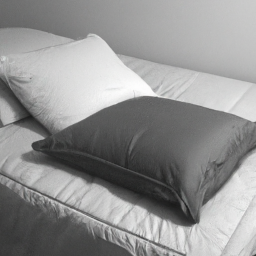Introduction
Tonsillectomy, the surgical removal of the tonsils, is a common procedure performed for various reasons, including recurrent tonsillitis and obstructive sleep apnea. The recovery process after tonsillectomy is crucial and can significantly impact the overall outcome of the surgery. This comprehensive guide aims to help you navigate life after tonsillectomy, providing you with a detailed action plan, do’s and don’ts, and the benefits of using wedge pillows for recovery.
Understanding Tonsillectomy
Tonsillectomy is a surgical procedure that involves the removal of the tonsils, which are two oval-shaped pads of tissue at the back of the throat. This procedure is often performed when tonsils become a problem, causing recurrent infections or obstructing breathing. Both children and adults can undergo tonsillectomy, with the recovery process varying between individuals.
The 5-Step Action Plan
Step 1: Pain Management
Pain is a common occurrence after tonsillectomy. It’s essential to take prescribed pain medications regularly, especially during the first three days after surgery. Chewing gum may also help lessen muscle spasms and alleviate pain.
Step 2: Diet and Hydrationtep 2
Staying hydrated is crucial after tonsillectomy. Aim to drink plenty of fluids, preferably one drink every hour while awake, for the first three days. Start with clear liquids and then advance to soft, mushy foods like noodles, pudding, and applesauce. Avoid spicy, hot, and dry foods.
Step 3: Activity and Rest
Rest is vital during the recovery period. Limit your activities to quiet ones for the first three days. Avoid strenuous activities, including heavy lifting, for two weeks after surgery.
Step 4: Monitoring for Complications
Be vigilant for signs of complications, such as excessive bleeding, severe pain, or high fever. If you notice any of these symptoms, seek immediate medical attention.
Step 5: Follow-up and Recovery
Attend all follow-up appointments with your doctor to monitor your recovery progress. It’s normal to feel progressively worse during the first 5-6 days after surgery, but this should improve with time.
Do’s and Don’ts After Tonsillectomy
Dos
- Take your medications as prescribed.
- Stay hydrated and maintain a soft diet.
- Rest and avoid strenuous activities.
- Monitor for signs of complications.
Don’ts
- Don’t take aspirin or ibuprofen-containing medications within 7 days of the operation.
- Don’t eat or drink anything, including water, after midnight on the day of the operation.
- Don’t engage in vigorous activities for 14 days after surgery.
Why Wedge Pillows are Good for Recovery
Wedge pillows can significantly aid in the recovery process after tonsillectomy. These pillows, such as the Flexicomfort Sleeping Wedge Pillow, provide an elevated sleeping position, which can help reduce swelling and discomfort. They also promote better breathing, which is particularly beneficial for those recovering from a tonsillectomy.
How long does the recovery period typically last after a tonsillectomy?
Recovery from a tonsillectomy usually takes about 10 to 14 days.
What is the best way to manage pain following a tonsillectomy?
Pain following a tonsillectomy can be managed with prescribed pain medications, over-the-counter pain relievers (if approved by your doctor), plenty of fluids, and rest. Cold items like ice cream or popsicles may also provide relief.
Why might bad breath occur after a tonsillectomy and how long will it last?
Bad breath can occur due to the healing process in your throat. It should improve as you heal, typically within two weeks post-surgery.
How frequently should I take my prescribed pain medication post-tonsillectomy?
Staying hydrated can help reduce bad breath. Using salt water gargles several times daily can also aid in maintaining oral hygiene and reducing bad breath during recovery.
Common Questions and Misconceptions
There are several common questions and misconceptions about recovery after tonsillectomy. For instance, many people wonder why the pain tends to increase after 3 days post-surgery and continue for 10-14 days. This is due to the healing process and the formation of a scab where the tonsils were removed. It’s also common for patients to experience bad breath during recovery, which is a result of the healing tissues in the throat.
Conclusion and final thoughts 💭
Recovering from a tonsillectomy can be a challenging process, but with the right care and precautions, you can ensure a smooth recovery. Remember to follow your doctor’s instructions, stay hydrated, rest, and monitor for any signs of complications. Using a wedge pillow can also aid in your recovery by providing comfort and promoting better breathing. With time and patience, you’ll be back to your normal routine.



